This easy recipe for Purple Hull Peas transforms these tasty legumes into a crowd-pleasing, flavor-packed side dish that will tantalize your taste buds.
These scrumptious peas are a cherished, classic Southern staple and a sought-after delicacy at local farmers’ markets during the summer and fall until the first frost arrives.
In this post, you will find a comprehensive guide for cooking and seasoning fresh, dried, or frozen purple hull peas to perfection, whether cooking them on the stove, in a slow cooker, or an Instant Pot. You will learn the rich history and cultural significance of purple hull peas in Southern cuisine.
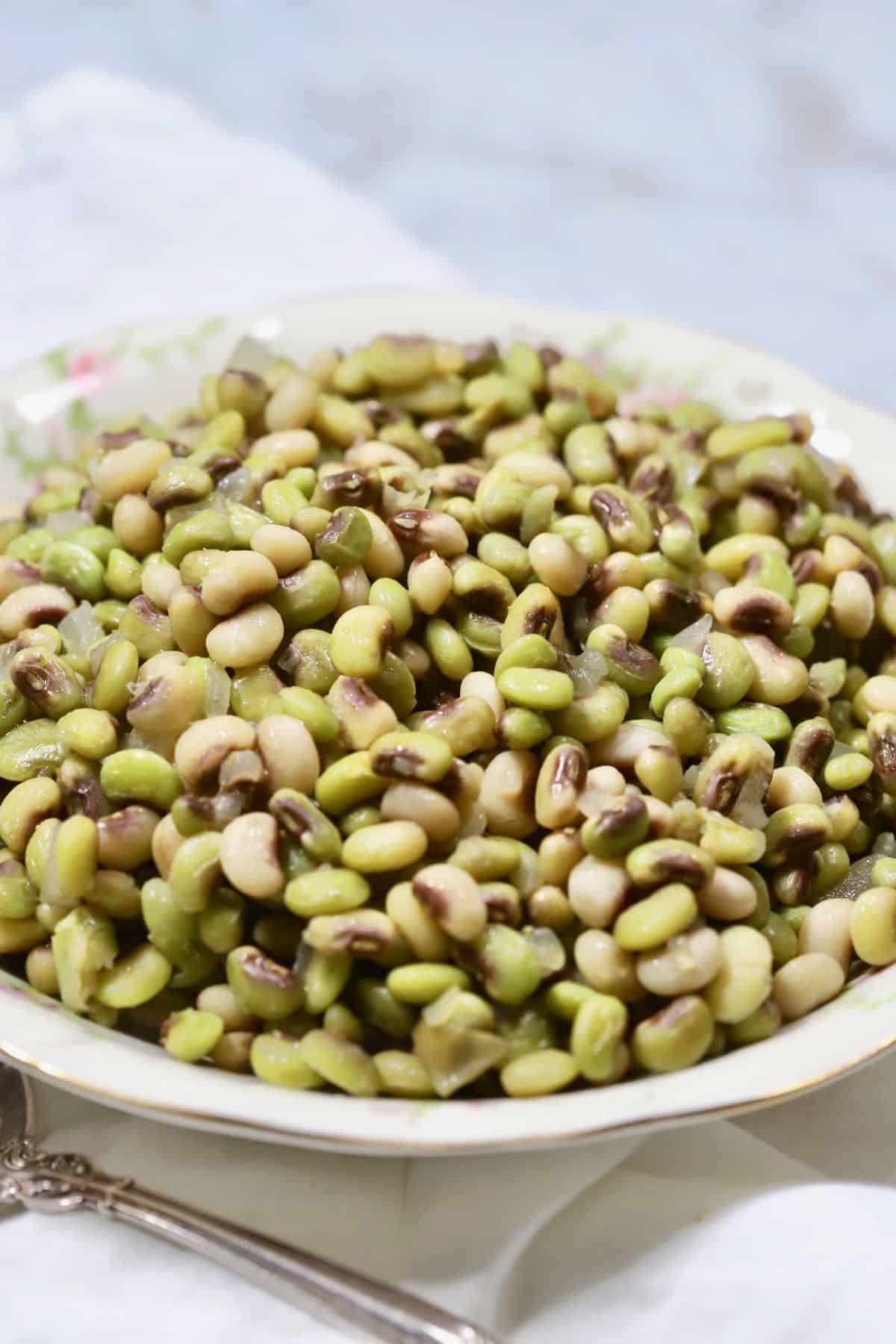
If you’re a fan of Southern cuisine, you know that purple hull peas are a must-have and can be savored for any occasion. Even if you have yet to try them, a single taste of purple hull peas will reveal why they hold such a special place in the hearts of many.
I’ve also included a short “how-to” video, along with different recipe variations, what to do with leftovers, how to store them, how to blanch them, and what to serve them with.
Why not shake things up and add these flavorful and nutritious legumes to your meal rotation today?
Jump to:
- Ingredient notes and substitutions
- How to cook purple hull peas
- Top tip:
- What are purple hull peas
- The difference between purple hull peas and black-eyed peas
- Recipe variations
- What to serve with them
- Where to buy them?
- How many quarts of shelled peas in a bushel of unshelled peas
- How to blanch peas
- Instant Pot and Slow Cooker: optional cooking methods
- Recipe FAQs
- More tips
- More Southern recipes:
- More Favorites from Grits and Pinecones
- 📋 Recipe:
Ingredient notes and substitutions
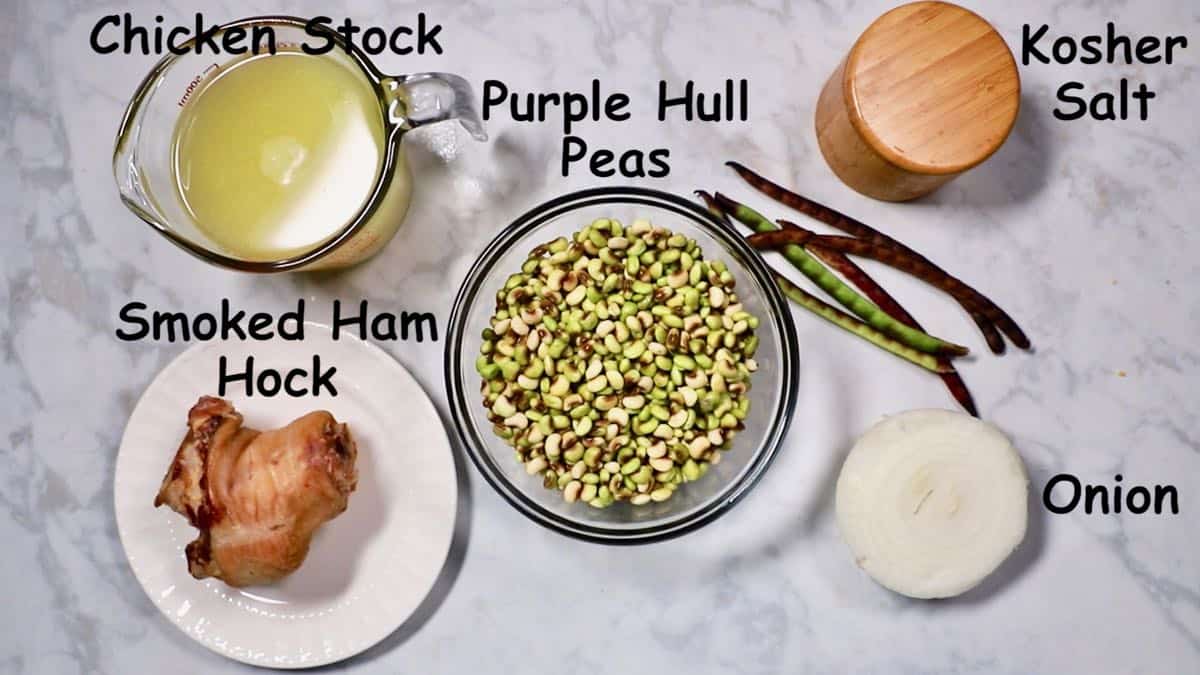
- Purple hull peas – are the star of this show. Fresh is best but frozen or dried works too.
- Smoked ham hock – adds richness and depth of flavor. Other smoked pork products can be substituted.
- Sweet Onion – Vidalias, if possible, add a sweet and savory flavor that complements the earthy taste of the peas.
- Chicken stock, kosher salt, and pepper enhance all the other flavors. Chicken stock can be purchased, or make my homemade rotisserie chicken stock. Vegetable broth or water can be substituted.
- Olive oil – is used to saute the onions. Bacon grease can be substituted for an additional layer of flavor.
(A complete list of all ingredients and measurements is listed in the recipe below.)
How to cook purple hull peas
Follow along with my instructions on how to cook purple hull peas and season them just right!
- Add olive oil or bacon grease to a large saucepan over medium-low heat. Once the pan is hot, add the onion and cook for about six minutes or until it is tender and translucent.
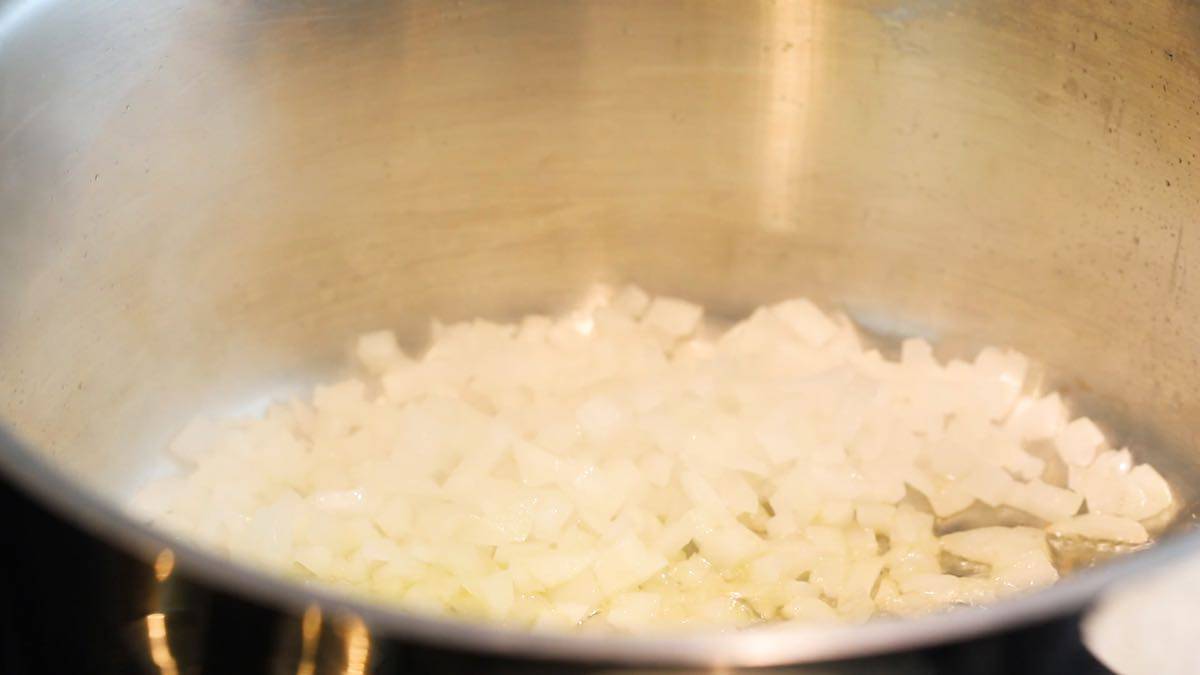
- Add the peas, ham hock, salt, pepper, and chicken stock. Add water if necessary to ensure the legumes are covered by at least an inch of liquid. Turn the heat up to medium-high until the liquid comes to a boil. Reduce the heat and cook uncovered for 20-30 minutes.
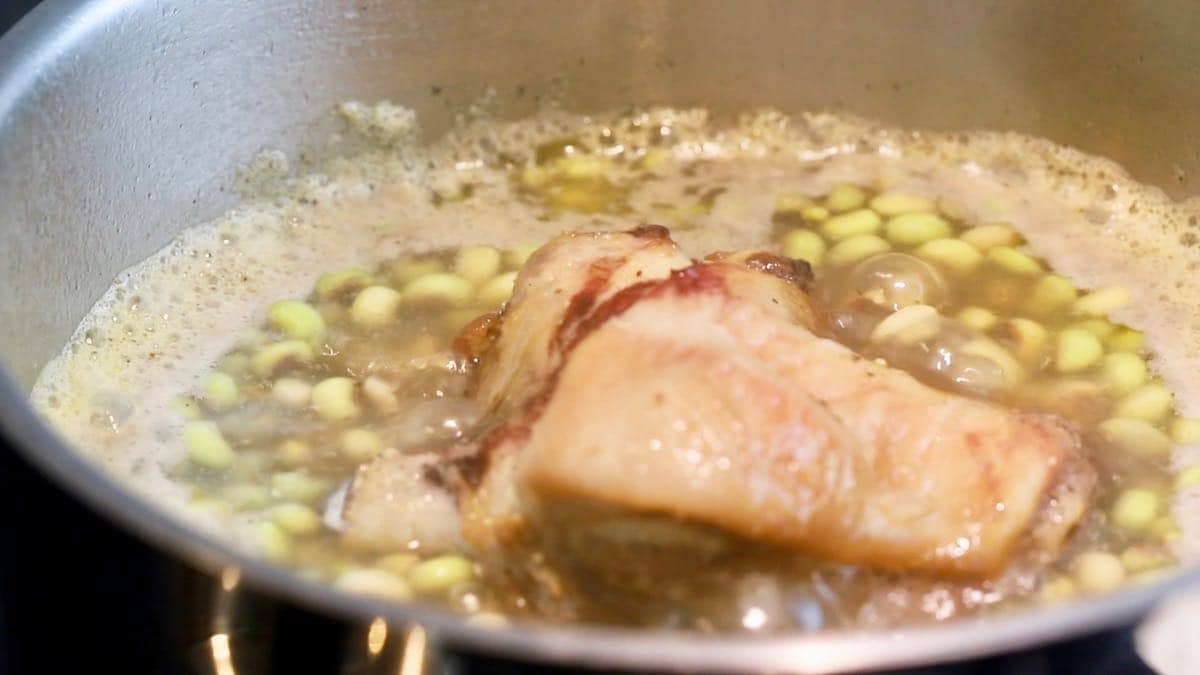
- Start tasting at about 15 minutes to check for seasoning and to see if the peas are tender. The smaller and fresher they are, the less time they will need to cook.
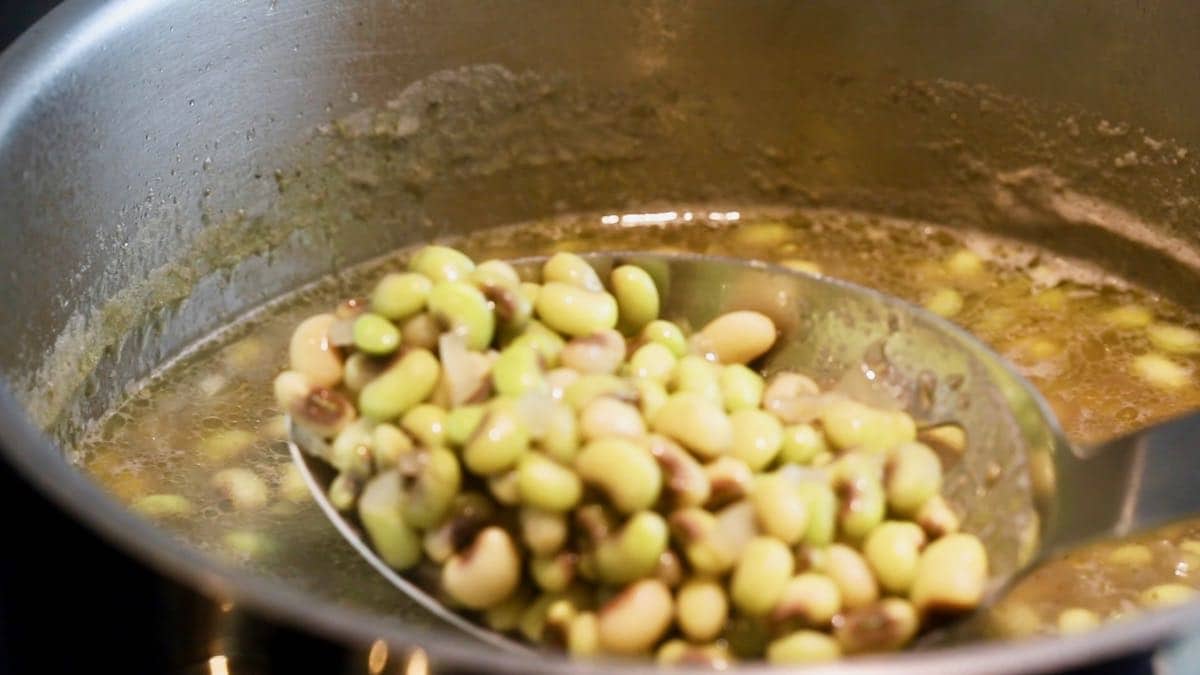
- Once done, remove and discard the ham hock and serve immediately.
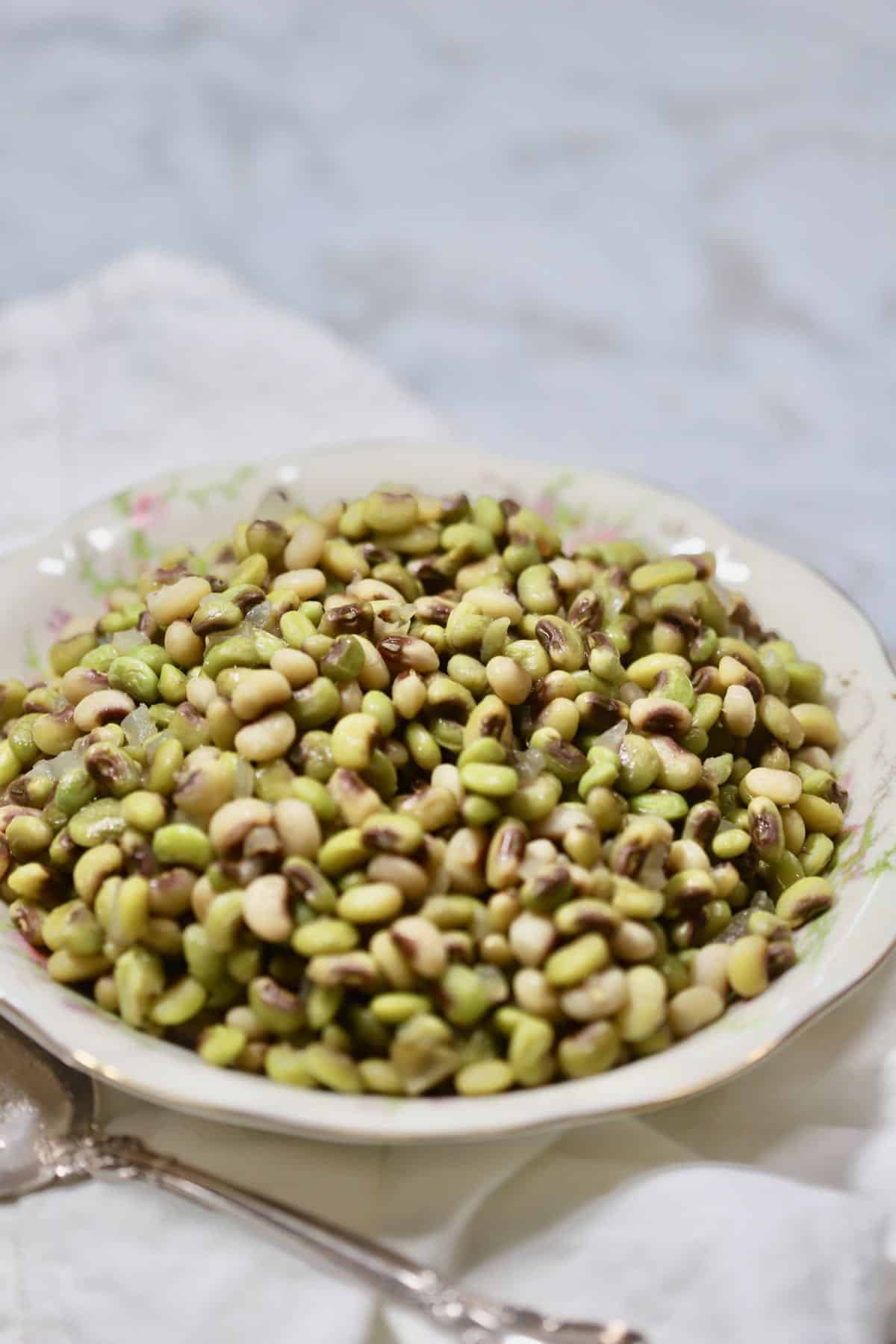
Top tip:
Purchase fresh peas during the summer and early fall when they are in season, and freeze them to use throughout the year.
Every year I get frantic calls and emails from disappointed followers who can’t find fresh peas to use as ingredients for their holiday meals. Plan ahead!
What are purple hull peas
Originally from Africa and once used as food for livestock, they belong to the Vigna unguiculate species and are a subspecies of legumes, including field peas and cowpeas.
Also known as Pinkeye Purple Hull, Pink-Eyed, and Purple peas, these Southern Peas have a tender and soft texture with a sweet and nutty flavor when cooked. They range in color from ivory to light green with a unique purple-pink eye, and the hulls range from green to dark purple.
Besides Purple Hull and Black-Eyed Peas, other popular varieties of Southern peas or cowpeas include Field Peas, Pink Lady Peas, Zipper Peas, and White Acre Peas. While all are similar and loaded with protein and fiber, each variety has subtle differences in taste.
The difference between purple hull peas and black-eyed peas
Black-eyed peas are recognized by their characteristic black “eye” or spot on their cream-colored surface. The pods are typically green, and the peas have a mild and slightly earthy flavor. They also have a firmer texture.
While both have unique characteristics, they can be used interchangeably in most recipes. Black eyed peas are much more common and readily available year-round because you can also purchase them dried, frozen, and canned, while fresh purple hulls are usually only available during the summer and early fall.
Recipe variations
- This versatile recipe can also be used to cook and season any Southern peas.
- You can choose to prepare this recipe on the stove, in a slow cooker, or using an instant pot, and the cooking time will differ depending on your chosen method.
- This recipe calls for adding chicken stock to the pot; however, vegetable broth, water, or a combination of both can also be used.
- I use a ham hock for seasoning in this recipe, but cooked bacon, leftover ham, smoked turkey legs or wings, salt pork, pork belly, and smoked pork chops can all add great flavor and richness.
- Feel free to include sliced okra, diced tomatoes, bell peppers, and celery for added flavor and texture.
- If you want to add some heat, add a bit of hot sauce, cayenne pepper, crushed red pepper flakes, or diced jalapeños.
What to serve with them
- You will also almost always find Southern peas served with a piece of Southern Cornbread, Old-Fashioned Cornbread, or Hoe Cakes to “sop” up their pot liquor, AKA “pot likker.”
- Because of their high protein content, they are often served with other sides for a meatless dinner, such as Baked Mac and Cheese, Southern Potato Salad, Creamed Corn, Squash Casserole, Fried Green Tomatoes, Tomato and Cucumber Salad, Corn Salad, Collard Greens, and Fried Sweet Corn.
- Of course, if you want to throw in a serving of Fried Chicken, Fried Oysters, Blackened Grouper, Blackened Mahi Mahi Recipe, Oven Baked Baby Back Ribs, or Oven-Fried Chicken, let’s just say no one would turn it down.
- Not only are they served as a side dish, but they are also frequently used as an ingredient in Hummus, Southern Pea Salad, Succotash, Southern Caviar, and Hoppin’ John.
Where to buy them?
When they are in season, they are typically available at farmers’ markets during the summer and early fall, depending on your location. They may also be found in the produce section of some grocery stores or even in the frozen food aisle.
Fresh is best, but in a pinch, frozen works too. Sometimes you can find them dried. I do not recommend canned.
They can also be purchased both shelled and unshelled and are often purchased by the bushel still in the shells. Prior to freezing, it’s important to blanch them first.
How many quarts of shelled peas in a bushel of unshelled peas
According to the University of Georgia Extension office, a 25-pound bushel or hamper of unshelled peas will yield approximately four to five quarts of shelled.
How to blanch peas
Blanching is an excellent technique to retain peas’ color, taste, and texture before freezing them. Here are the steps:
- Shell the peas, remove any debris or discolored ones, then rinse.
- Bring a large pot of water to a rolling boil on the stove. Once the water is boiling, add them to the pot, ensuring they are fully submerged. Boil for two to three minutes.
- While they are boiling, prepare a large bowl of ice water. After blanching, use a slotted spoon to remove them from the boiling water and immediately transfer them to the bowl of ice water. Let them rest in the ice water for two to three minutes until they cool completely.
- Once they have cooled, drain them in a colander to remove excess water. They are now ready to be frozen in plastic freezer bags and are best used within six months of blanching. They do not need to be thawed before cooking.
Instant Pot and Slow Cooker: optional cooking methods
Fresh Southern peas cook in about 20-30 minutes in a pan on the stove, and using an Instant Pot or Slow Cooker may complicate a simple process. However, I understand those of you who have these appliances love them, so I am including directions for both.
Instant Pot
- Set your Instant Pot to the “Sauté” mode and add the olive oil or bacon grease.
- Once the oil is heated, add the chopped onion. Sauté for a few minutes until the onion is translucent and fragrant.
- Add the peas, ham hock chicken stock, and seasonings. Add water if necessary to ensure the peas are covered by at least an inch of liquid. Stir to combine.
- Close the Instant Pot lid and make sure the steam release valve is set to the “Sealing” position. Select the “Pressure Cook” or “Manual” setting and set the cooking time to 15-20 minutes. The exact time may vary based on the freshness and tenderness of the peas.
- Once the cooking time is complete, allow the Instant Pot to naturally release pressure for 10-15 minutes. This helps to prevent the peas from becoming too mushy.
- After the natural release, carefully move the steam release valve to the “Venting” position to quickly release any remaining pressure.
- Once the pressure has been released and the float valve drops, carefully open the Instant Pot lid.
- Taste and adjust the seasoning if necessary.
Slow Cooker or Crock Pot
- Add olive oil or bacon grease to a small skillet over medium heat.
- Once the oil is heated, add the chopped onion. Sauté for a few minutes until the onion is translucent and fragrant.
- Transfer the sautéed onion to the slow cooker.
- Add the peas, chicken stock, ham hock, and seasonings to the slow cooker. Add water if necessary to ensure the peas are covered by at least an inch of liquid. Stir to combine all the ingredients.
- Cover the slow cooker with its lid and set it to the low heat setting. Let everything cook on low for about 6 to 8 hours or until tender.
Recipe FAQs
Cooking time varies depending on the cooking method and the peas’ age. Fresh can take 20-30 minutes to cook, while older ones may take up to an hour. It’s best to taste them periodically until they reach your desired level of tenderness.
Leftovers can be stored covered in your fridge for up to four days or frozen for up to three months.
They can be reheated in the microwave or in a saucepan on the stove.
To rehydrate dried peas, place them in a large bowl and cover with three to four inches of water. Let them soak for six to eight hours or overnight. Drain and rinse before cooking.
If you’re short on time, you can skip the soaking step and cook the dried peas directly in water, but they will take longer to cook, and the texture may not be quite as tender.
Frozen peas do not have to be thawed before being cooked and can be added as is.
More tips
- All of my Southern pea recipes are interchangeable. In other words, you can also use this recipe for White Acres, Black Eyed, Crowder, Zipper, Lady, and Field peas.
- You can substitute bacon grease for olive oil for added flavor.
- It is common for foam to form when cooking fresh peas, but don’t worry; it’s normal. You can easily remove it by skimming it off the top of the cooking liquid or just leave it; it will dissipate.
- Using frozen chopped onions is a convenient time-saver. I often take advantage of this shortcut when preparing recipes like this.
- You can make this recipe up to 48 hours ahead. Store covered in the refrigerator until ready to reheat. It does reheat well with no loss in quality.
More Southern recipes:
Some friends tease me by calling me a “pea-oligist,” a tongue-in-cheek reference to my love of fresh peas. If you like them as I do, I hope you will check out all my Southern Pea recipes.
⭐ ⭐ ⭐⭐⭐ If you make this dish, please leave a comment and give this recipe a star rating. I would love to know how you liked it!
Thank you so much for visiting Grits and Pinecones; I hope you come back soon!
More Favorites from Grits and Pinecones
📋 Recipe:
Want to Save This Recipe?
Enter your email & I’ll send it to your inbox. Plus, get great new recipes from me every week!
By submitting this form, you consent to receive emails from Grits and Pinecones.
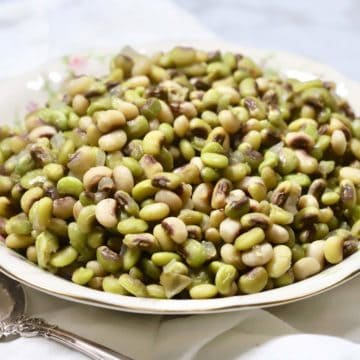
Easy Peasy Purple Hull Peas Recipe
Ingredients
- 3 cups fresh purple hull peas, shelled
- 3 cups chicken stock, homemade or purchased
- 1 smoked ham hock
- ½ cup minced sweet onion, Vidalia if possible
- 1 tablespoon olive oil or bacon grease
- ½ teaspoon kosher salt
- ½ teaspoon ground black pepper
Instructions
- Add olive oil to a large saucepan over medium-low heat. Once the pan is hot, add the onion and cook for about six minutes or until it is tender and translucent.
- Add the peas, the ham hock, salt, pepper, and chicken stock. Add water if necessary to make sure the peas are covered by at least an inch of liquid. Turn the heat up to medium-high until the liquid comes to a boil. Reduce the heat and cook uncovered for about 20 minutes.
- Start tasting the peas at about 15 minutes to check for seasoning and to see if they are tender. The smaller and fresher they are, the less time they will need to cook.
- Once done, remove and discard the ham hock and serve immediately.


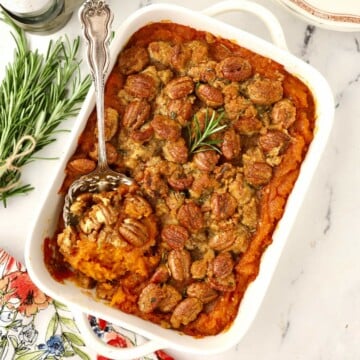
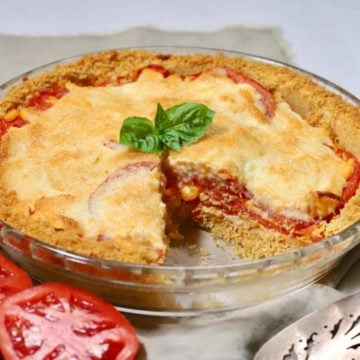
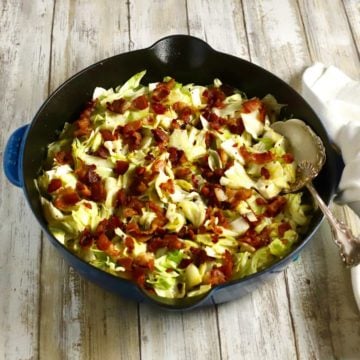
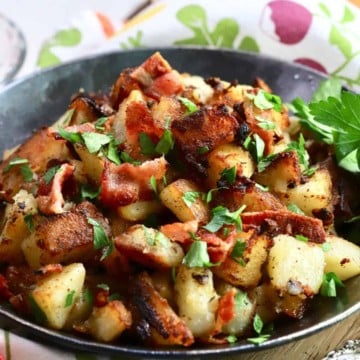
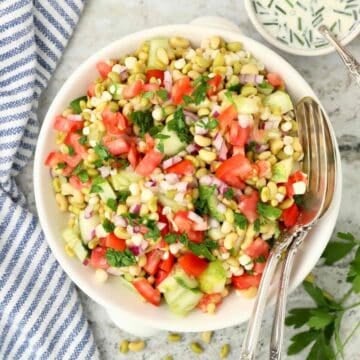
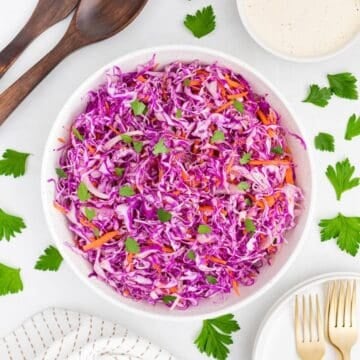



Jodi Huff Scruggs
Made fresh ones for the first time. Husband loves them. I added a touch of minced garlic when sautéing onion with strained bacon grease. Didn’t have any pork products on hand but except the grease. Were delicious!
Denise Williams
Peas were delicious! Easy recipe. We had ours with pulled pork.
Denise Williams
How much (quantity) is one serving?
Sharon Rigsby
Hi Denise, about 3/4 of a cup. I hope you enjoy the peas.
Sharon
Genevieve
This was amazing! Bookmarking to make it again 🙂
Kylie
I had absolutely no clue what to do with these peas but am glad I found this recipe. Everyone enjoyed them, Thank you.
Autumn
We can’t get purple hull peas in the UK so I switched to black eye peas and they tasted great!
Wendie
These were delicious!
Lisa
These were so good and a great alternative to beans.
Colleen
Love peas and learned something new. Going to look for these so I can try!
Kristin
Great recipe! None of my guests had ever had purple hull peas before, so they weren’t sure what to expect, but everyone ended up loving them. No leftovers!
Sharon Rigsby
Hi Kristin, I’m glad you and your guests enjoyed the recipe, especially since they had never tried peas before. Thanks so much for leaving a comment and letting me know!
All the best,
Sharon
Gwynn Galvin
This is the first time I had purple hull peas and I am now a fan! Such a delicious recipe and so easy to make too. Of course I opted for using bacon grease because bacon makes everything better!
Sharon Rigsby
Hi Gwynn, I’m so happy you enjoyed the peas! They are a true summer feast. Thanks so much for taking the time to leave a comment!
All the best,
Sharon
Brenda Turner
I spent the majority of my life in Fayette Alabama with my grandmother, and we always had some type of pea for supper. I miss those days. My parents migrated to Chicago back in the 1960’s, and even today, I can’t get those peas here. I mean fresh, I’m not sure if the farms here can grow them. Thank you for sharing all your southern recipes.
Brenda
Perfect. Tastes like my Mamas.
Sharon Rigsby
Hi Brenda,
I think that’s the nicest compliment I’ve ever gotten! Thanks so much for letting me know.
Sharon
Elizabeth Andes
I always add a tsp of truffle zest to any peas or beans. Enhances the flavor by 100 percent!!!!